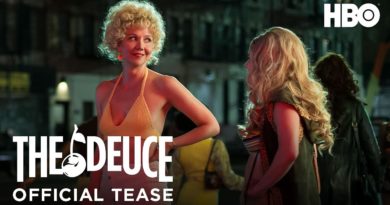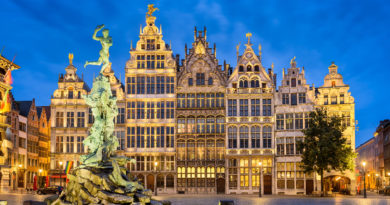Bifff 2018 – White Chamber: as bland as its name suggests
White Chamber (2017), a low budget indie sci-fi directed by young British director, Paul Raschid, draws upon current themes of populism and division that are currently present in Europe and the US to lay the setting for its story. However, the narrative of the film pertains little to its overarching context and instead drags you through an uneventful story by impersonal characters that you never get to feel for.
Set amid a civil war that has divided the United Kingdom, the opening scenes see the movie show chaotic footage of riots and chaos in the streets of British cities as the military-controlled state battles rebel militia for power. Flash to white, and a woman wakes up in a blindingly white cuboid room: the White Chamber. Discombobulated, she hears a voice demand information, but she claims to have none. This sees her captor utilise the gruesome functionality of the White Chamber as an instrument of torture. The woman is pushed to their limit and as she nears breaking point, a flashback that places us five days before, showing us the circumstances which lead us to this point.
 Being small budgeted, it makes sense they would choose to film primarily in one location, and so most of the movie takes place within the white cube or the immediate outside which works as a lab for the observers. This scenario of a fixed location for small budget films is popular as you can break down the power that big-budget blockbusters have over movies and can focus on the nuances of the story and the creative play of camera to reach your audience. But here, White Chamber doesn’t deliver.
Being small budgeted, it makes sense they would choose to film primarily in one location, and so most of the movie takes place within the white cube or the immediate outside which works as a lab for the observers. This scenario of a fixed location for small budget films is popular as you can break down the power that big-budget blockbusters have over movies and can focus on the nuances of the story and the creative play of camera to reach your audience. But here, White Chamber doesn’t deliver.
Characters were left undeveloped and thus their speeches felt impotent, summoning no emotional response to progression in stories. And those that did receive introspection were either given just enough exposition to further the plot or had totally unnecessary scenes or plot devices that had no effect on the story.
A saving grace for uninteresting dialogue could be the cinematography, and the film was creative at points; the lighting of the white cube makes for some interesting shots and sharp transitions. However, the creativity strikes like lightning rather than being an interestingly shot throughout, and thus didn’t do enough to compensate for many speech heavy scenes.
Overall, the movie felt like just a new setting for a classic idea: trapped person uses dialogue to engage audience; but it fell short of its goals to entertain. The overarching themes of division and vilification of the enemy to justify evil acts is a nice sentiment to try and reflect on. However, due to the poor pace and hollow characters, those notions were bypassed by me reflecting on the movie’s many problems instead.



